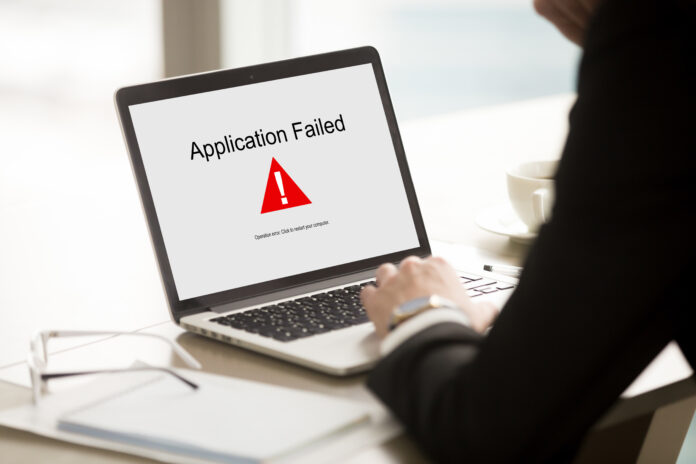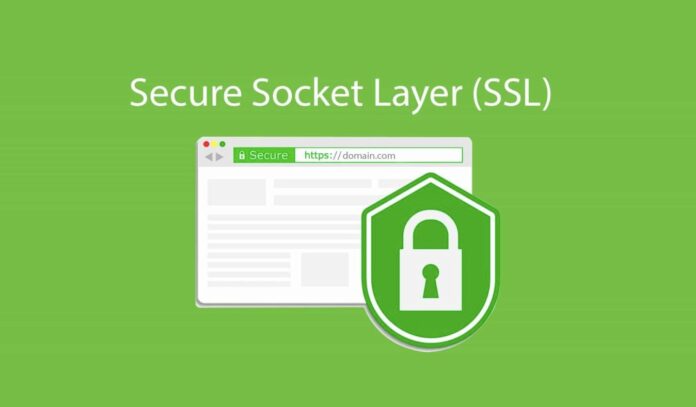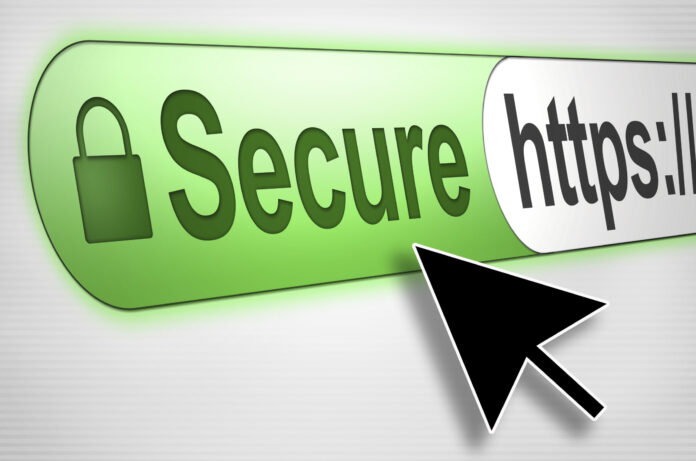SSL (safe Sockets Layer) certificates are now necessary for safe communication between websites and users in the digital age. Wildcard SSL certificates are among the many kinds of SSL certificates that are available, and they are especially well-liked by businesses that manage several subdomains under a single domain. These certificates come with a few drawbacks despite their simplicity and affordability. In this post, we’ll examine 10 issues that come up often with wildcard SSL certificates, explaining each one in great depth and going through how it could affect the functioning and security of websites.
Misconfiguration of Wildcard Coverage:
One of the most frequent issues with wildcard SSL certificates is incorrect wildcard coverage configuration. Security flaws might result from improper installation or a failure to cover all required subdomains, which can cause browser warnings. These errors often result from human mistakes or a lack of comprehension of the configuring procedure. In such circumstances, consumers may see certificate issues or have trouble accessing certain subdomains, eroding the website’s trustworthiness.
Limited Certificate choices:

Although wildcard certificate provide comprehensive protection for several subdomains, they have fewer choices than other kinds of certificates. Wildcard certificates do not allow Extended Validation (EV) certificates, which is a severe restriction. EV certificates provide customers an extra layer of confidence and trust by prominently displaying the organization’s name in the address bar of their browsers. This visual cue promotes trustworthiness and inspires trust in website visitors. Wildcard certificates, on the other hand, are devoid of this capability, which may have an adverse effect on user confidence, particularly in high-security or e-commerce settings where EV certificates are highly prized. When evaluating wildcard SSL solutions, organizations must carefully examine the trade-offs between extensive protection and the higher level of confidence provided by EV certificates.
Lack of Granular Control:
The absence of granular control over subdomains is a noteworthy disadvantage of wildcard SSL certificates. Given that a single wildcard certificate covers all subdomains under a domain, the security of all other subdomains covered by the certificate may be compromised if one subdomain is. When certain subdomains need different security precautions or present distinct security concerns, this lack of isolation may be a drawback. In order to decide if a wildcard certificate is the best option or whether separate certificates for each subdomain would provide more granular control and flexibility, organizations must carefully evaluate their security needs.
Potential Cost Increase:

Wildcard SSL certificates may be costlier than single-domain SSL certificates even if they are more cost-effective for handling several subdomains. The price discrepancy could be an issue, especially for smaller enterprises with tighter resources. When choosing between a wildcard certificate and separate certificates for each subdomain, it’s crucial to take the long-term cost consequences into account. Organizations should also review their real requirements to see if the advantages of wildcard certificates exceed any possible cost increases compared to other SSL certificate solutions.
Restricted Reusability:
The restricted reusability of wildcard SSL certificates is another drawback. Wildcard certificates are unique to a single domain and its subdomains as opposed to standard SSL certificates, which may be readily transferred to another domain or used for multiple reasons. This presents difficulties if a company wishes to modify its domain name or handle many domains with various SSL certificate specifications. In such circumstances, it becomes required to get additional certificates or manage several wildcard certificates, thereby increasing administrative burden and expenses. Before using wildcard certificates, organizations should carefully examine their future scalability and domain administration objectives.
Lack of Certificate Management:

When working with several subdomains, managing wildcard SSL certificates might be challenging. Failure to remember certificate expiry dates, renewals, and updates is a frequent problem. As a consequence, services may be interrupted, expired certificates may go unreported, and there may be security hazards. Without effective administration, there is a greater chance of failing to renew a certificate, which might result in website outages, harm user experience, and lower SEO ranks.
Compatibility Issues with Older Devices:

Older devices or software that does not completely support them may have compatibility problems with wildcard SSL certificates. As a consequence, customers who browse websites using this old hardware or software may get problems or warnings. Limitations in cryptographic techniques, protocols, or SSL certificate validation procedures on older systems may cause compatibility issues. To maintain a flawless surfing experience for all users, it is crucial for enterprises to take into account their target audience and ensure backward compatibility when adopting wildcard SSL certificates.
Issues with Certificate Revocation:
Given the shared nature of a wildcard SSL certificate, revoking it might be a difficult operation. It becomes essential to revoke the whole certificate to maintain security when a subdomain covered by the wildcard certificate is hacked or is no longer in use. However, this can unintentionally affect other secure subdomains. To minimize interruptions and ensure the integrity of their website’s security, organizations must carefully evaluate the ramifications and plan their certificate revocation approach.
Certificate Installation Difficulty:

Installing a wildcard SSL certificate entails more steps than installing a standard SSL certificate. Due to process complexity, faults or misconfigurations may occur, leaving subdomains open to security risks. Creating a certificate signing request (CSR), maintaining private keys, and appropriately configuring server settings for each subdomain are often required throughout the installation process. Any errors made during this procedure might lead to compatibility problems or certificate failures, jeopardizing the website’s overall security.
Slow Certificate Issuance:
Due to extra verification processes, obtaining a wildcard SSL certificate may take longer than obtaining a standard certificate. Before granting the certificate, the Certificate Authority (CA) must check the organization’s identity and the ownership of the domain. The prolonged verification procedure may cause delays in certificate issue, which would be inconvenient and perhaps interfere with the operation of websites. To avoid any negative consequences on their operations, organizations should prepare ahead of time and factor in the extra time needed to acquire and implement a wildcard SSL certificate.
Conclusion

Organizations may utilize the advantages of wildcard SSL certificates while maintaining the security and dependability of their websites by addressing these issues. To reduce these issues and have a strong online presence, effective administration, cautious installation, vigilant certificate monitoring, and proactive planning are crucial. We will examine four more typical problems with wildcard SSL certificates in the next section and provide advice on how to fix them.










